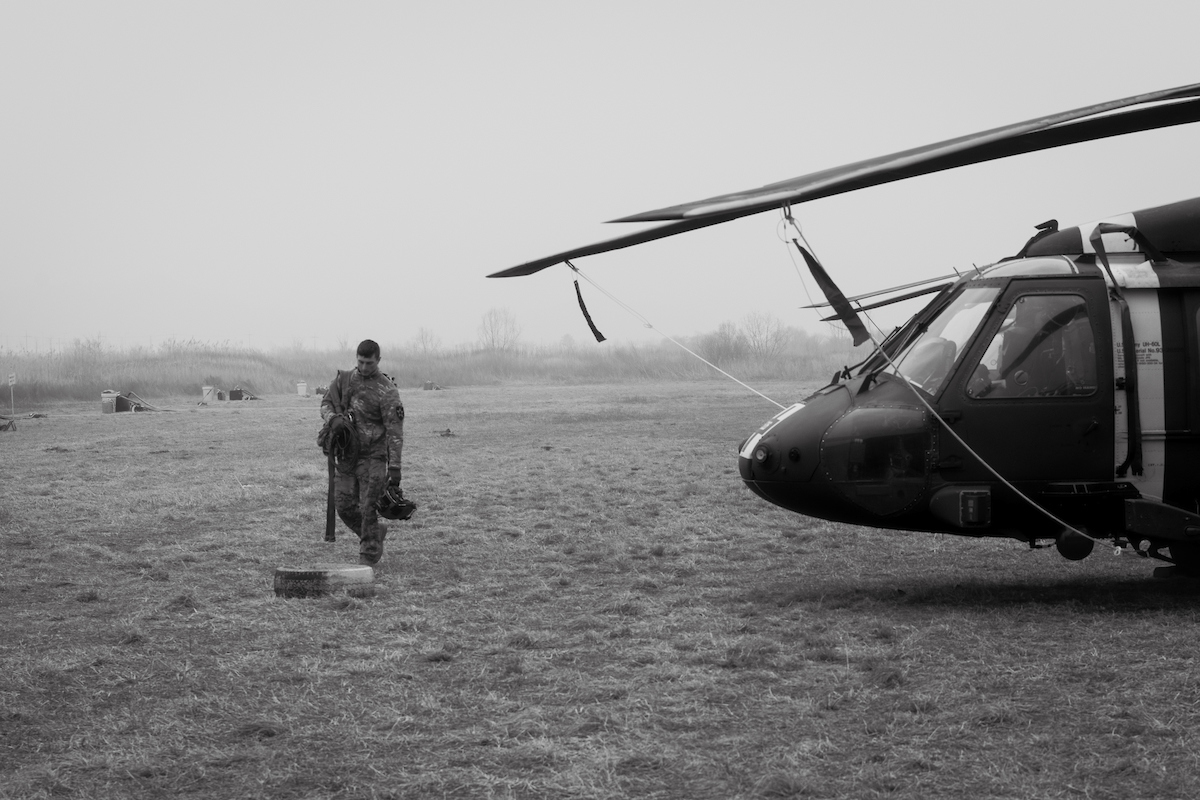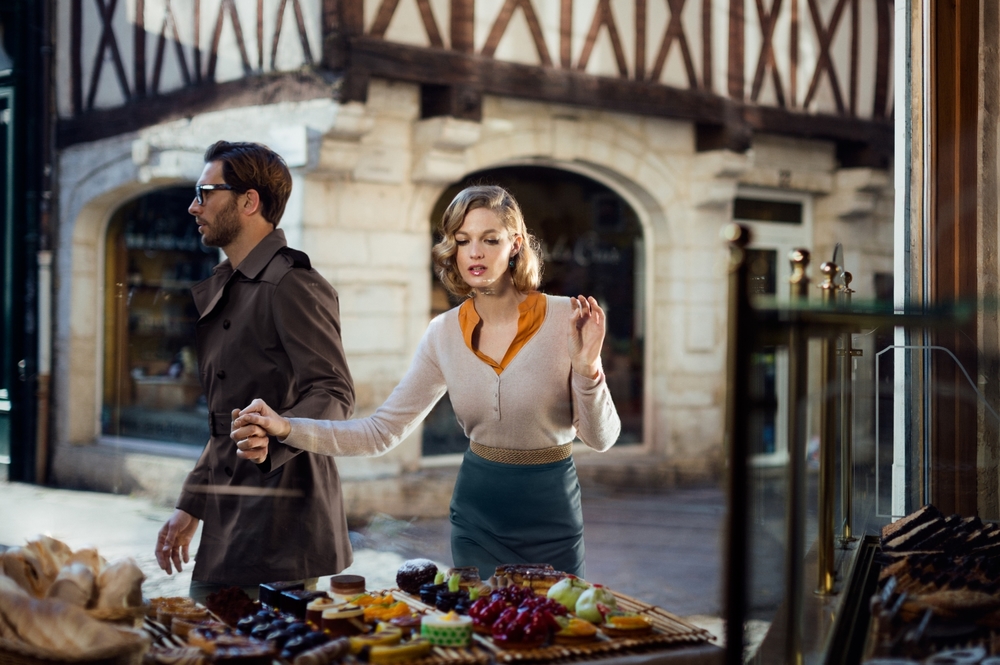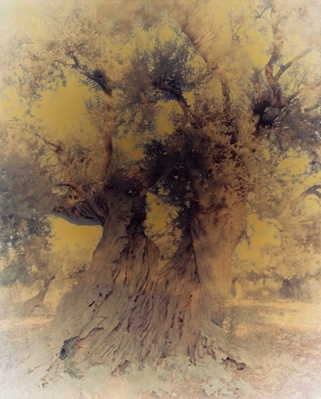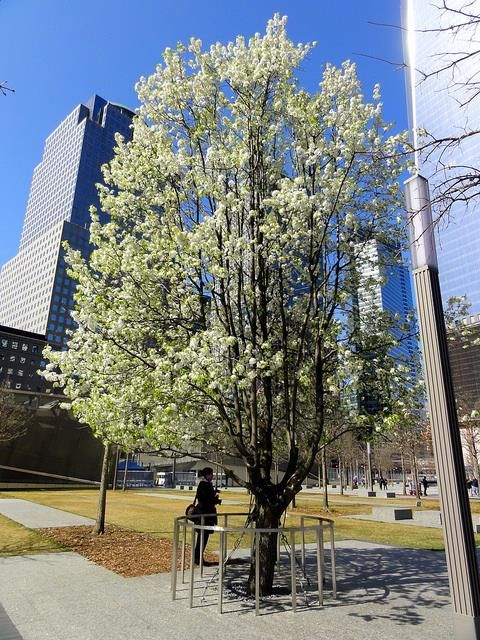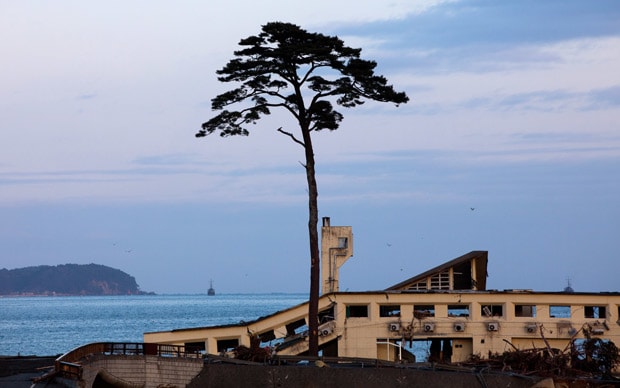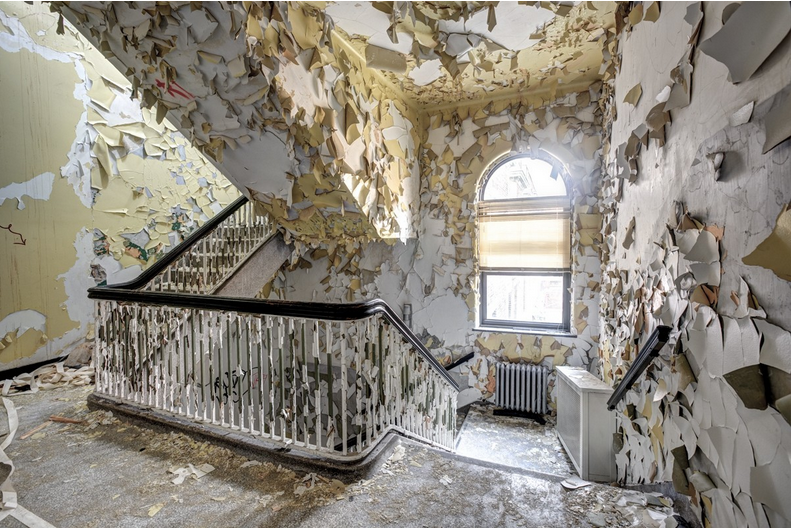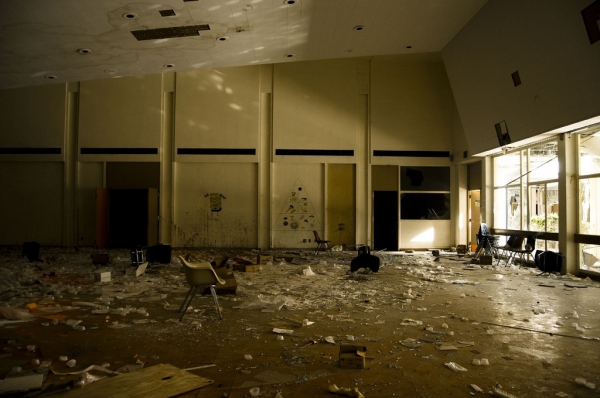The olive trees Gersht photographed were located in Arab villages throughout the Galilee, the war-torn region in Northern Israel, bordering on Lebanon. The trees represent the Palestinian people, the Arab culture and they signify the bond between the people and the land, and thus the continuity of history. Gersht explains in an interview that the trees actually lived through the Ottoman Occupation, The British Mandate and they are entangled in the current Israeli-Palestinian territorial dispute, spreading indiscriminately, as they do across a physical and symbolic divide. During the Six-day War in 1967 Arab land in the Galilee was claimed by the Israelis and the ancient trees where destroyed in the process of reclaiming land and establishing identity.
Gersht states that he wanted to photograph the silent and beautiful trees and at the same time capture the violent environment they grow in. The violence is expressed through the photographic process, as Gersht intentionally overexposed the photographs in the bright light of the midday sun, bleaching the film and fading the images of the trees. The photographic process hence serves as a metaphor for the fading presence of the majestic trees as they appear both ghostly and delicate, almost dissolving into the earth and sky.
In the artist statement Gersht writes:
"My practice investigates the themes of history’s violence, the poignancy of time’s indifference to what passes and the cyclical relation between past, present and future."
Although the olive trees in Israel as Ori Gersht beautifully captures remain at the centre of an ongoing conflict, in other parts of the world the so-called Witness or Survival trees are offering hope to the ones left behind in tragic events.
In October 2001, a tree was discovered at Ground Zero severely damaged, with snapped roots and burned and broken branches. The tree was removed from the rubble and placed in the care of the New York City Department of Parks and Recreation. After its recovery and rehabilitation, the tree was returned to the Memorial in 2010. New, smooth limbs extended from the stumps, creating a visible demarcation between the tree’s past and present. Today, the tree stands as a living reminder of resilience, survival and rebirth.











